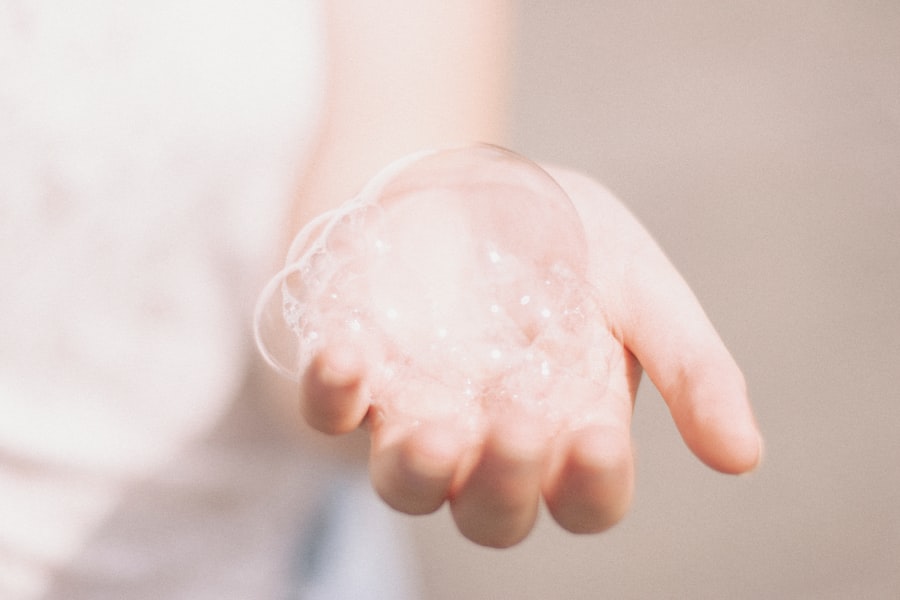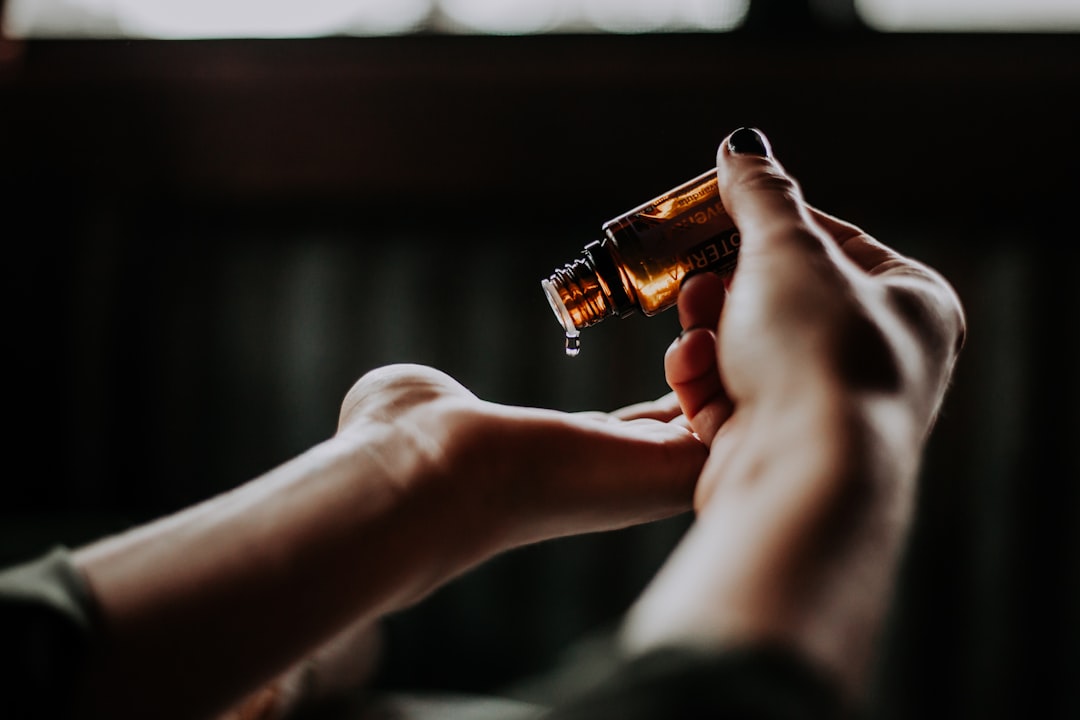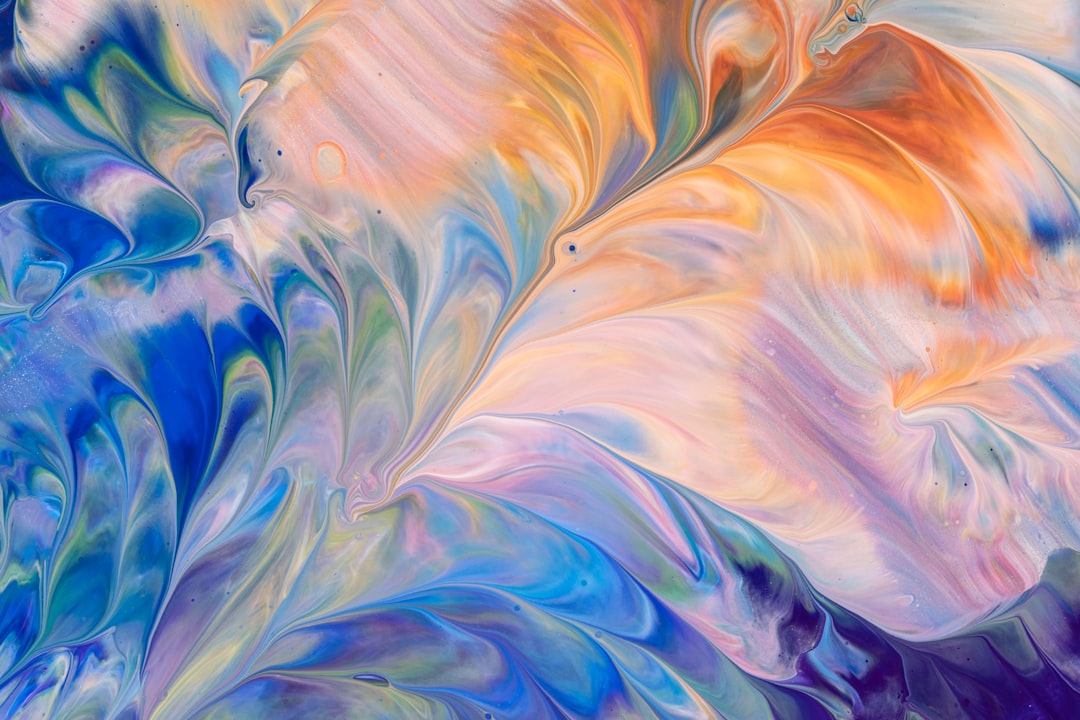Facial redness is a common skin concern that can be caused by a variety of factors. It is characterized by the appearance of red patches or flushing on the skin, particularly on the cheeks, nose, forehead, and chin. This condition can be temporary or chronic, and it can be triggered by external factors such as weather, stress, or certain foods, as well as internal factors such as genetics or underlying health conditions. Understanding the causes of facial redness is essential in order to effectively manage and reduce its appearance.
Facial redness can be a result of various skin conditions, such as rosacea, eczema, or acne. It can also be caused by environmental factors, such as sun exposure, extreme temperatures, or harsh skincare products. Additionally, certain lifestyle habits, like smoking or excessive alcohol consumption, can contribute to facial redness. Understanding the triggers for facial redness is crucial in order to make necessary lifestyle changes and seek appropriate treatments. By identifying the root cause of facial redness, individuals can take proactive steps to manage and reduce its appearance, leading to improved skin health and confidence.
Summary
- Facial redness can be caused by a variety of factors, including genetics, skin conditions, and lifestyle choices.
- Common causes of facial redness include sun exposure, alcohol consumption, spicy foods, and certain skincare products.
- Lifestyle changes such as wearing sunscreen, avoiding triggers, and managing stress can help reduce facial redness.
- A skincare routine for reducing facial redness may include gentle cleansers, moisturisers with soothing ingredients, and products designed to strengthen the skin barrier.
- Makeup tips for concealing facial redness include using green-tinted primers, colour-correcting concealers, and applying foundation with a light hand to avoid exacerbating redness.
Causes of Facial Redness
There are several factors that can contribute to facial redness, ranging from environmental triggers to underlying health conditions. One common cause of facial redness is rosacea, a chronic skin condition that is characterized by redness, flushing, and visible blood vessels on the face. Rosacea can be triggered by various factors, including sun exposure, stress, spicy foods, and alcohol. Another common cause of facial redness is eczema, a condition that causes inflammation and irritation of the skin. Eczema flare-ups can result in red, itchy patches on the face and other parts of the body.
In addition to skin conditions, environmental factors such as sun exposure and extreme temperatures can also lead to facial redness. Prolonged exposure to the sun’s UV rays can cause the blood vessels in the face to dilate, resulting in redness and sunburn. Similarly, extreme cold or hot temperatures can cause the skin to become irritated and flushed. Furthermore, certain lifestyle habits, such as smoking and excessive alcohol consumption, can contribute to facial redness. Smoking can constrict blood vessels and reduce oxygen flow to the skin, while alcohol can dilate blood vessels and lead to flushing. Understanding the various causes of facial redness is essential in order to make informed decisions about lifestyle changes and treatment options.
Lifestyle Changes to Reduce Facial Redness
Making certain lifestyle changes can help reduce facial redness and improve overall skin health. One important lifestyle change is to protect the skin from sun exposure by wearing sunscreen with a high SPF and seeking shade during peak sun hours. Additionally, avoiding triggers such as spicy foods, hot beverages, and alcohol can help reduce flushing and redness in individuals with rosacea. Managing stress through relaxation techniques such as yoga, meditation, or deep breathing exercises can also help prevent flare-ups of facial redness.
In terms of skincare, individuals with facial redness should opt for gentle, non-irritating products that are free from harsh chemicals and fragrances. Using a mild cleanser and moisturizer suitable for sensitive skin can help soothe and calm redness. It is also important to avoid over-exfoliating or using abrasive scrubs, as this can further irritate the skin and exacerbate redness. Lastly, maintaining a healthy diet rich in antioxidants and omega-3 fatty acids can support skin health and reduce inflammation, contributing to a reduction in facial redness.
Skincare Routine for Reducing Facial Redness
Developing a skincare routine specifically tailored to reducing facial redness is essential for managing this condition effectively. When choosing skincare products, it is important to look for those that are formulated for sensitive skin and free from potential irritants such as alcohol, fragrances, and harsh chemicals. A gentle cleanser that does not strip the skin of its natural oils is crucial for individuals with facial redness. Following cleansing, a soothing and hydrating moisturizer should be applied to help calm and nourish the skin.
In addition to a gentle cleanser and moisturizer, incorporating targeted treatments such as serums or creams containing ingredients like niacinamide, green tea extract, or licorice root extract can help reduce redness and inflammation. These ingredients have anti-inflammatory properties that can soothe the skin and improve its overall appearance. Furthermore, using a daily sunscreen with a high SPF is essential for protecting the skin from UV damage and preventing further redness and irritation. Overall, a consistent skincare routine that focuses on gentle, non-irritating products can help reduce facial redness and promote healthier-looking skin.
Makeup Tips for Concealing Facial Redness
For individuals looking to conceal facial redness with makeup, there are several tips and techniques that can help achieve a more even complexion. Firstly, it is important to start with a primer that is specifically designed to neutralize redness. Green-tinted primers can help counteract the appearance of redness on the skin before applying foundation. When choosing a foundation, opting for a formula with buildable coverage can help conceal redness without looking heavy or cakey.
In terms of application, using a damp makeup sponge or a foundation brush can help blend the product seamlessly into the skin for a natural finish. Additionally, applying concealer only to areas of intense redness or blemishes can help avoid an overly made-up look. It is important to choose a concealer that matches the individual’s skin tone and has a creamy texture for easy blending. Setting the makeup with a translucent powder can help lock everything in place and prevent excess shine throughout the day. Overall, using makeup to conceal facial redness requires choosing the right products and techniques to achieve a flawless yet natural-looking complexion.
Professional Treatments for Facial Redness

For individuals seeking more intensive treatments to address facial redness, there are several professional options available that can provide significant improvement in the appearance of the skin. One popular treatment for reducing facial redness is laser therapy, which targets blood vessels in the skin to reduce their appearance and diminish redness. Laser treatments can be tailored to each individual’s specific concerns and are typically performed by dermatologists or trained skincare professionals.
Another professional treatment option for facial redness is chemical peels, which use exfoliating acids to remove dead skin cells and promote cell turnover. This can help improve the overall texture and tone of the skin while reducing redness and inflammation. Additionally, some individuals may benefit from prescription medications or topical treatments prescribed by a dermatologist to manage conditions such as rosacea or eczema. Seeking professional guidance from a qualified skincare specialist is essential in order to determine the most suitable treatment options for addressing facial redness effectively.
Home Remedies for Soothing Facial Redness
In addition to professional treatments and skincare routines, there are several home remedies that can help soothe facial redness and promote healthier-looking skin. One popular home remedy for reducing redness is applying cold compresses or chilled cucumber slices to the affected areas. The cooling effect can help constrict blood vessels and reduce inflammation, leading to a calmer complexion.
Another effective home remedy for soothing facial redness is using natural ingredients with anti-inflammatory properties, such as aloe vera gel or chamomile tea. Applying these ingredients topically can help calm irritation and reduce redness. Additionally, incorporating ingredients like oatmeal or honey into homemade face masks can provide gentle exfoliation and hydration for individuals with sensitive or red-prone skin.
Furthermore, maintaining a consistent skincare routine that includes gentle cleansing and moisturizing can help prevent flare-ups of facial redness at home. Avoiding harsh products and abrasive exfoliants is crucial for individuals with sensitive skin in order to maintain a balanced complexion. Overall, incorporating these home remedies into a skincare regimen can complement professional treatments and lifestyle changes in managing facial redness effectively.
In conclusion, understanding the causes of facial redness is essential in order to effectively manage this common skin concern. By making lifestyle changes, developing a tailored skincare routine, using makeup techniques to conceal redness when desired, seeking professional treatments when necessary, and incorporating soothing home remedies into daily care routines, individuals can take proactive steps towards reducing facial redness and achieving healthier-looking skin. With patience and consistency in implementing these strategies, individuals can experience improved confidence and comfort in their own skin.
If you’re looking to tackle redness on your face, you might want to consider incorporating retinoids into your skincare routine. Retinoids offer a range of benefits for the skin, from reducing redness and inflammation to improving overall texture and tone. To learn more about the advantages of retinoids, check out this insightful article on The Benefits of Retinoids for Your Skin. Understanding the role of retinoids in skincare can help you address redness and achieve a clearer, more even complexion.
FAQs
What causes redness on the face?
Redness on the face can be caused by a variety of factors, including sunburn, rosacea, eczema, allergic reactions, and skin irritation from harsh products or environmental factors.
How can I reduce redness on my face?
To reduce redness on your face, you can try using gentle skincare products, avoiding triggers such as hot showers or spicy foods, using sunscreen, and incorporating anti-inflammatory ingredients like aloe vera or green tea into your skincare routine.
Are there any home remedies for reducing redness on the face?
Some home remedies for reducing redness on the face include applying a cold compress, using cucumber slices or aloe vera gel, and avoiding hot water and harsh skincare products.
When should I see a doctor about redness on my face?
If you are experiencing persistent or severe redness on your face, it is important to see a doctor, especially if it is accompanied by other symptoms such as pain, itching, or swelling. This could be a sign of an underlying skin condition that requires medical attention.
Can certain foods or drinks cause redness on the face?
Yes, certain foods and drinks such as spicy foods, alcohol, and hot beverages can cause redness on the face, especially for individuals with conditions like rosacea. It is important to be mindful of your diet and avoid triggers that may exacerbate redness.




